Tag Archives: Northeast Fisheries Science Center
Fishermen Join Fight for Herring Trawler Rules
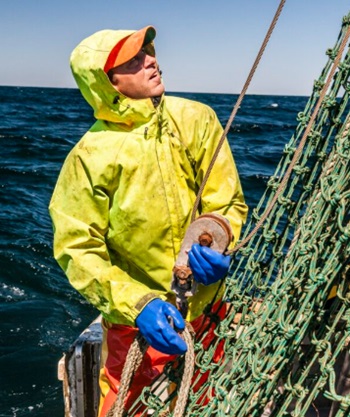 The marine ecosystem around Cape Cod is built on the backs of Atlantic herring. These baitfish school in massive numbers, providing food for marine mammals, seabirds, and large fish like cod. Their eggs, which they lay in the fall and are dense enough in spots to carpet the ocean floor, are food for crabs and other bottom-dwelling animals. They are also a $4.5-million fishery, used as bait for lobster traps, turned into canned sardines, and sold, frozen or salted, overseas. But with the Atlantic herring population in a steep decline, and the most recent attempt at a rule to protect the fish thwarted, Cape Cod fishermen are advocating for new ways to protect the species. more, >>CLICK TO READ<< 09:21
The marine ecosystem around Cape Cod is built on the backs of Atlantic herring. These baitfish school in massive numbers, providing food for marine mammals, seabirds, and large fish like cod. Their eggs, which they lay in the fall and are dense enough in spots to carpet the ocean floor, are food for crabs and other bottom-dwelling animals. They are also a $4.5-million fishery, used as bait for lobster traps, turned into canned sardines, and sold, frozen or salted, overseas. But with the Atlantic herring population in a steep decline, and the most recent attempt at a rule to protect the fish thwarted, Cape Cod fishermen are advocating for new ways to protect the species. more, >>CLICK TO READ<< 09:21
Stock Assessments Benefit from Rockhopper Trawl Efficiency Study
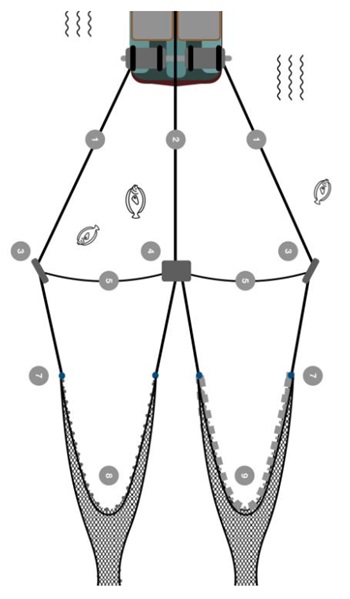 A collaborative study conducted aboard a Rhode Island-based commercial trawler from 2015 to 2017 is bearing fruit. It was led by the Northeast Fisheries Science Center and commercial fishermen interested in how catches of the same species varied depending on the type of trawl net used. Since 2019, stock assessment scientists have used the results from this Northeast Trawl Advisory Panel study in multiple stock assessments to ensure sustainable fisheries for several flounder species as well as monkfish and red hake. Specifically, the results help produce more accurate estimates of abundance which can increase the confidence in catch advice for some species. “Cooperative research is essential to obtain accurate assessments and catch advice in our nation’s fisheries,” said Chris Roebuck, former Northeast Trawl Advisory Panel member, commercial fisherman and participant in the experiment. “This research is an excellent example of collaboration between scientists and fishermen. It provided solid efficiency numbers for each targeted species,” he said. “The information produced was clearly the best available science and has the potential to ultimately influence catch advice for every species evaluated.” Photos, lots of links, more, >>click to read<< 12:29
A collaborative study conducted aboard a Rhode Island-based commercial trawler from 2015 to 2017 is bearing fruit. It was led by the Northeast Fisheries Science Center and commercial fishermen interested in how catches of the same species varied depending on the type of trawl net used. Since 2019, stock assessment scientists have used the results from this Northeast Trawl Advisory Panel study in multiple stock assessments to ensure sustainable fisheries for several flounder species as well as monkfish and red hake. Specifically, the results help produce more accurate estimates of abundance which can increase the confidence in catch advice for some species. “Cooperative research is essential to obtain accurate assessments and catch advice in our nation’s fisheries,” said Chris Roebuck, former Northeast Trawl Advisory Panel member, commercial fisherman and participant in the experiment. “This research is an excellent example of collaboration between scientists and fishermen. It provided solid efficiency numbers for each targeted species,” he said. “The information produced was clearly the best available science and has the potential to ultimately influence catch advice for every species evaluated.” Photos, lots of links, more, >>click to read<< 12:29
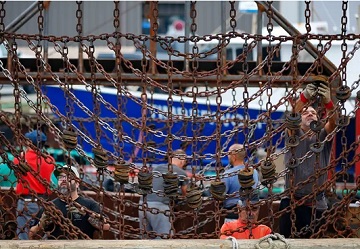
Atlantic sea scallops at lowest biomass in over 20 years and what that means for New Bedford
A Scallop Survey Report presented at the NEFMC meeting Tuesday showed the Atlantic Sea scallop fishery is facing its lowest biomass in over 20 years. Throughout the NEFMC jurisdiction, the survey estimated a biomass decrease of almost 30%. The Georges Bank region saw the largest drop, around 36%. Tyler Miranda, a scalloper Captain and owner who came to prominence during the recent scallop license allocation debate, said that though it is of concern, the announcement does not worry him too much. “Obviously I worry, but what I’ve come to realize about the scallop industry is it fluctuates year to year,” Justin Mello said he felt similarly. “I’m only gonna go into the areas they allow us to, that’s why they call it fishing and not catching.” >click to read< 14:20
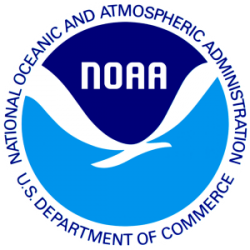
NOAA Fisheries Issues On-Demand Gear Exempted Fishing Permit
August 23, 2022 – Yesterday, NOAA Fisheries issued an Exempted Fishing Permit (EFP) to the NOAA Northeast Fisheries Science Center (Center) to continue trials of on-demand gear in the American lobster fishery. The EFP will provide an exemption from Federal lobster gear marking requirements for approximately 30 federally permitted commercial lobster vessels, with the potential to increase to up to 100 vessels total during the one-year project period. The EFP will allow participating vessels to test alternatives to static vertical lines in trap/pot fisheries (also referred to as on-demand gear), including up to 30 vessels fishing in Atlantic Large Whale Take Reduction Plan Restricted Areas with no static vertical lines. >click to read< 14:18
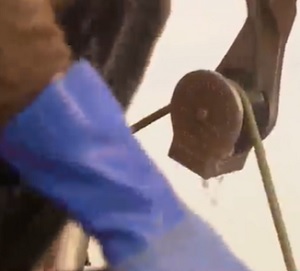
NOAA lays out plans for expanded testing of ropeless fishing technology
In an effort to address the two main causes of human-induced whale mortality, vessel strikes and entanglement in fishing gear, the National Oceanic and Atmospheric Administration recently released rules to reduce ship speeds and its “Ropeless Roadmap” to prepare for widespread adoption of ropeless fishing. The vertical lines that connect strings of traps on the ocean floor to buoys on the surface can get caught on a whale’s fins or in its mouth as it swims, leading to death in some cases. There are fewer than 350 North Atlantic right whales, according to NOAA. On-demand fishing gear would eliminate the need for the vertical lines in the water until the lobster trap, pot or gillnet is being hauled. >click to read< 15:50
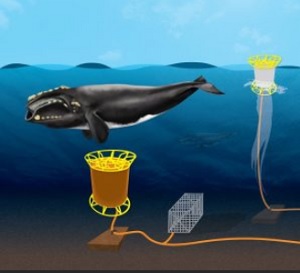
The future of fishing is innovation.
Maine’s lobstermen begin 2022 with a unique opportunity to fundamentally solve the whale entanglement issue. Throughout history technology has been used to improve our lives and solve complex problems. Invention has brought us cell phones, computers, satellites, and soon, self-driving cars and a base on the moon. >click to read< By Zack Klyver 10:55
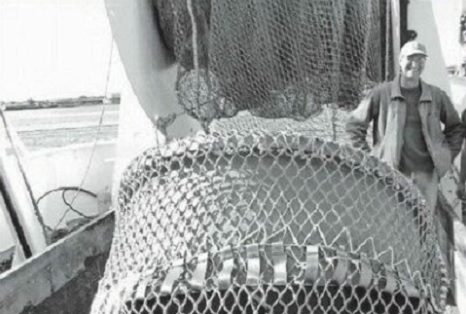
Jim Kendall – Finding Common Ground
With regard to the letter from Sam Novello posted on Fisherynation.com, Finding Common Ground off to a Bad Start, he very eloquently laid out some of the faults, errors, and out and out incompetence of the Northeast Fisheries Science Center with respect to their continued mismanagement of the Northeast fisheries stock assessments. I know from past work and associations with the NEFSC that this has been going on for so long that they likely now believe their own Mantra about their science being the best (and only way) in which to compile the NE groundfish stock assessment. Unfortunately groundfish is not their only problematic stock assessment. >click to read< 16:32
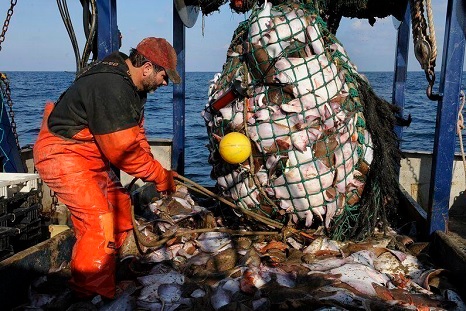
The Voices of Gloucester Fishermen: NOAA offers virtual trip through Gloucester fishing history
The voices speak to the experience of living and fishing in America’s oldest commercial seaport, of the challenges and the joys of working on the waters of Cape Ann and beyond. They are at once a snapshot and endurable timeline collected into recorded interviews and fashioned into an 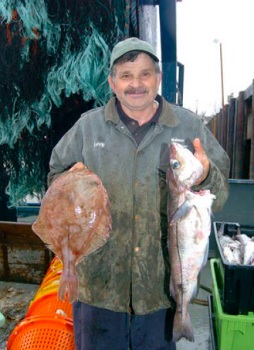 integrated story map of the Gloucester fishing and community experience. The stories and the voices which tell them are contained in the newest online chapter of the Voices of Oral History Archives organized and produced by NOAA Fisheries’ Northeast Fisheries Science Center. It’s titled “Strengthening Community Resilience in America’s Oldest Seaport” photos, video, >click to read< 11:55
integrated story map of the Gloucester fishing and community experience. The stories and the voices which tell them are contained in the newest online chapter of the Voices of Oral History Archives organized and produced by NOAA Fisheries’ Northeast Fisheries Science Center. It’s titled “Strengthening Community Resilience in America’s Oldest Seaport” photos, video, >click to read< 11:55
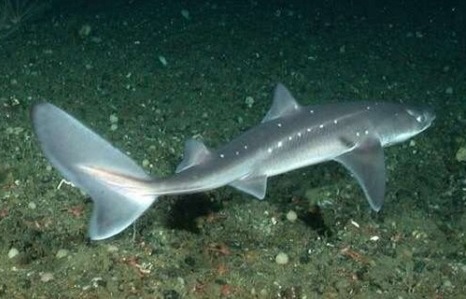
Spiny dogfish eat small Atlantic codfish! DNA may provide some answers
Conventional observations show that spiny dogfish in the western North Atlantic rarely eat Atlantic cod. However, some believe the rebuilding dogfish populations are limiting depleted cod numbers by competition or predation. To find out what is going on, NOAA Fisheries scientists looked to genetic testing to confirm cod presence in dogfish stomachs. >click to read< 13:10
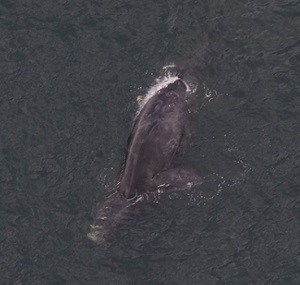
Documents Reveal ‘Catastrophic Impact’ Right Whale Protections Could Have On Lobster Industry
Newly released documents by Maine’s Department of Resources are providing a glimpse of what federal action to protect endangered North Atlantic right whales could look like — including the closure of extensive areas of offshore ocean to lobstering. In an August letter to the head of the agency that reviews proposed federal regulations, DMR Commissioner Patrick Keliher asked for a meeting to go over options for reducing the risk of right whales becoming dangerously entangled in lobster trap gear and rope. That was after conversations with the federal Northeast Fisheries Science Center that brought to light a proposal that could put big swaths of ocean off-limits to lobstering in federal waters known as Lobster Conservation Management Areas, or LCMAs. >click to read< 18:46
Dear Mr. Pentony and Dr. Hare: On behalf of the MAFMC I am writing to express our deep concern about the plan to redeploy observers
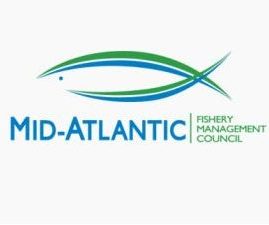 On behalf of the Mid-Atlantic Fishery Management Council, I am writing to express our deep concern about the plan to redeploy observers on vessels in the Greater Atlantic Region on August 14, 2020. Given the continued transmission of the COVID-19 virus, we do not believe the observer program can be safely operated at this time. >click to read< 14:49
On behalf of the Mid-Atlantic Fishery Management Council, I am writing to express our deep concern about the plan to redeploy observers on vessels in the Greater Atlantic Region on August 14, 2020. Given the continued transmission of the COVID-19 virus, we do not believe the observer program can be safely operated at this time. >click to read< 14:49
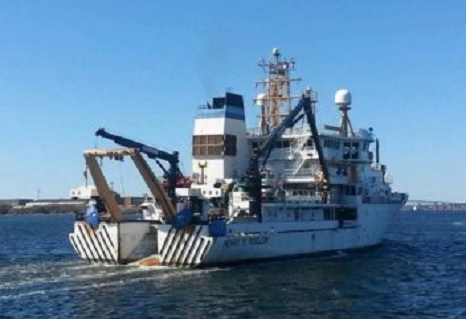
Coronavirus: COVID-19 and mandated on-board fisheries observers during the pandemic resurgence
The NOAA/NMFS “Navy’s” at-sea surveys in the Northeast region were cancelled at the beginning of the COVID-19 pandemic and will not be resumed for at least the remainder of this year. “Since March, we have been rigorously analyzing various options for conducting cruises this year and are taking a 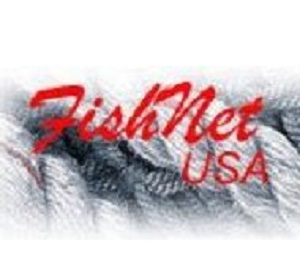 survey-by-survey, risk-based approach. After much deliberation, we determined that there was no way to move forward with these surveys while effectively minimizing risk and meeting core survey objectives,” according to officials at the Northeast Fisheries Science Center in a statement issued July 10.,,, But mandatory on-board observers pose no COVID 19 threat to commercial captains or crew?,, the mandatory on-board observers are scheduled to be back aboard commercial fishing vessels come August. >click to read< By Nils Stolpe, http://fishnet-usa.com/ 21:08
survey-by-survey, risk-based approach. After much deliberation, we determined that there was no way to move forward with these surveys while effectively minimizing risk and meeting core survey objectives,” according to officials at the Northeast Fisheries Science Center in a statement issued July 10.,,, But mandatory on-board observers pose no COVID 19 threat to commercial captains or crew?,, the mandatory on-board observers are scheduled to be back aboard commercial fishing vessels come August. >click to read< By Nils Stolpe, http://fishnet-usa.com/ 21:08
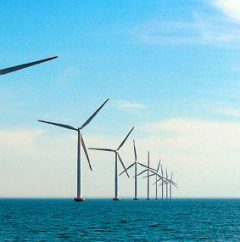
Displacement of fishermen? Offshore Wind Could Have Major Adverse Impact on Commercial Fisheries
The Bureau of Ocean Energy Management’s (BOEM) draft supplemental environmental review for Vineyard Wind off the coast of Martha’s Vineyard in Massachusetts indicates that offshore wind farms could have a major “adverse” impact on commercial fisheries.,, The study also notes concern that offshore wind turbines and transmission cables could entangle with fishing vessels and gear, and that wind farms could result in the temporary or permanent displacement of fishermen in certain areas. >click to read< 13:02
N E looks to Europe to assess environmental impacts of offshore energy facilities – “In the next 20 years there will be more than 2,000 wind turbines off the coastline,” “We think there’s lots of potential for environmental benefit of putting offshore aquaculture together with offshore renewable — from an environmental point of view, but also from an economic point of view,” she said. “Sharing space is going to be the only way I think we can move forward in this industry,,, >click to read<
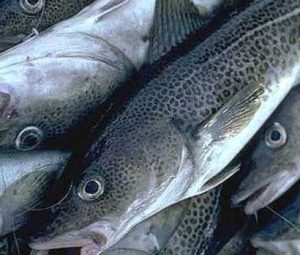
14 Stocks Reviewed, 2019 Northeast Groundfish Operational Assessment Report is Available
Pre-publication copies of our report on the 2019 operational assessments for 14 Northeast groundfish stocks are now available. The document will be reformatted later for publication in an NEFSC document series, but the content will not change. You may download the pdf version of the document >click here to review< . For more information or assistance obtaining a copy of the report Ariele Baker, NEFSC Population Dynamics Branch, 508.495.4741
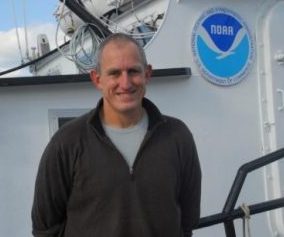
Troubling questions, concerns raised about off-shore wind farms
Oceanographer Jon Hare listed the effects of offshore wind development on the marine environment. There’s disturbance to the sea floor during installation of turbine platforms.,,,“Putting a pile into the sediment in essence is habitat alteration,” said Hare, a science and research director with Northeast Fisheries Science Center.,,The questions about offshore wind, of course, aren’t limited to the $2.8-billion Vineyard Wind project,,,,but there are more than a dozen proposals in the works all along the Atlantic Coast and plans for the Great Lakes and the West Coast. >click to read< 21:06

The best available science? – Backing lobstermen, Rep. Golden seeks to withhold funds for right whale protections
“The federal government is asking Maine lobstermen to make huge sacrifices without clear evidence that those sacrifices will have any positive impact on right whales,” Golden wrote in a statement Wednesday. “I’ve joined lobstermen to voice our concerns and now it’s time for action. Golden said it is important to help the right whale, but he joined the Maine lobster industry and Maine’s fishing managers in a common refrain: the federal government has no conclusive proof that right whales are getting hurt or killed by entanglement in Maine lobster gear. >click to read> 09:46
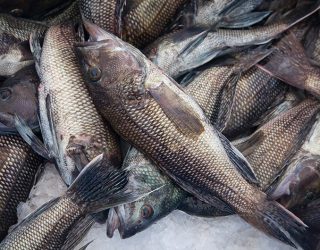
Assessment Oversight Panel (AOP) meeting for Monkfish, Scup, Bluefish, Black Sea Bass, May 20, 2019,
The Northeast Fisheries Science Center would like to inform you of the 2019 stock assessments.,,, There will be several sets of assessments conducted this year, and the assessment process begins for Scup, Bluefish, Black Sea Bass, and Monkfish on Monday May 20, 2019 with a panel review of scientific information and assessment plans (details below). After this plan review, the assessments will be conducted and later peer reviewed in 2019. Attend In Person, >click to read< or online, >click to register<13:59
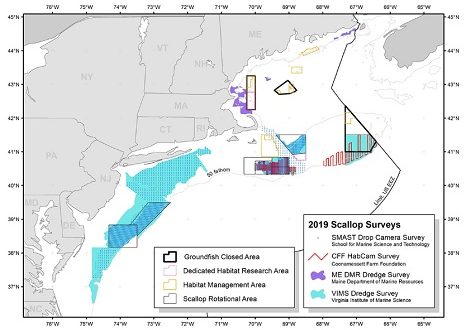
2019-2020 Sea Scallop Research Set-Aside Awards Announced
Northeast Fisheries Science Center and the New England Fishery Management Council (NEFMC) have selected 13 projects for awards through the Sea Scallop Research Set-Aside (RSA) Program. The awards are expected to generate more than $14 million; $2.8 million to fund research, and $11.4 million to compensate industry partners who harvest set-aside quota.,,, Among the research projects that will be supported this year are automated image annotation for optical scallop surveys, testing different scallop dredges for efficiency and performance, and development of a high-resolution model to assess the potential impact of offshore wind resource facilities on the regional fishery industry.>click to read<16:42
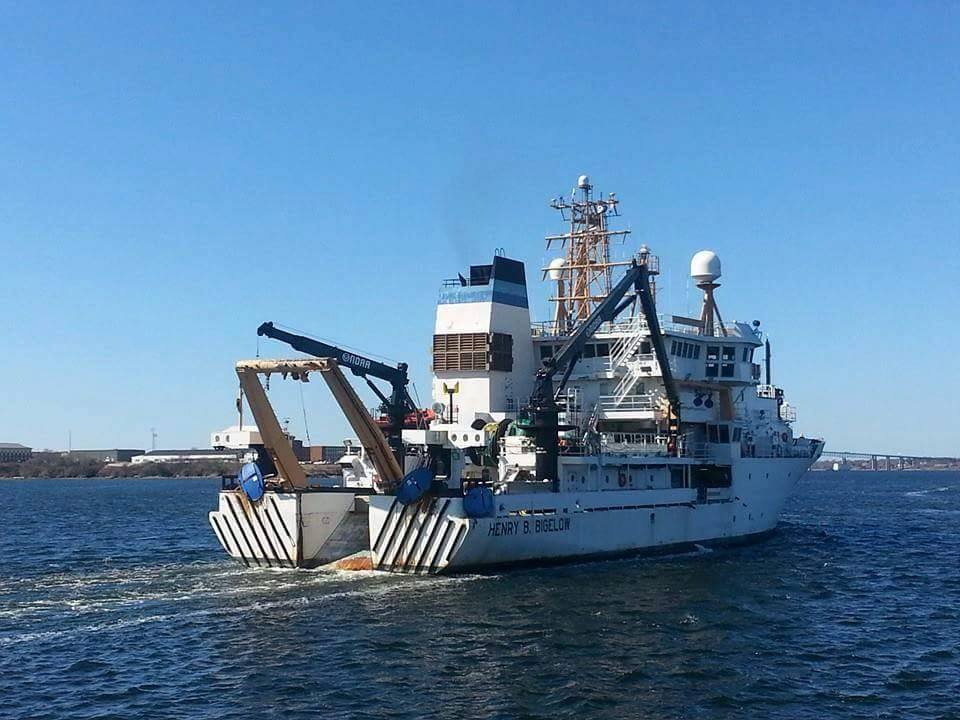
NOAA scientist: Offshore wind projects will likely affect viability of fishery surveys
At a special session of the New England Fisheries Management Council covering offshore wind, Wendy Gabriel, of the Northeast Fisheries Science Center, outlined a wide number of concerns for the organization regarding the development of wind power along the coast. Chief among the concerns was the organization’s ability to continue conducting viable fishery surveys – which provide much of the data that the council uses to establish fishing quotas. “The bottom-line here is, nearly all of the long-term fishery independent surveys that have coverage will be affected,” she said during the session. >click to read<10:06
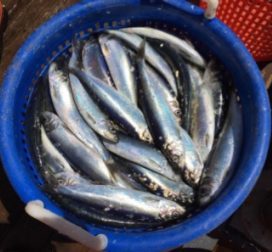
This summer crisis could take the steam
This year federal authorities are imposing a steep reduction, and a few regions of the East Coast are restricted to fishing, months prior to the lobster season gets rolling. East Coast herring fishermen brought over 200 million pounds of these fish to docks lately as 2014, but the catch of this year will be limited to less than a fifth of that total. The cut scrambling for fresh lure sources, is leaving with herring for generations in Maine lobstermen, who have baited traps and concerned about their capacity to find lobster. >click to read< 12:40
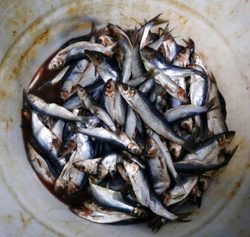
Bait crisis could take the steam out of lobster this summer
Members of the lobster business fear a looming bait crisis could disrupt the industry during a time when lobsters are as plentiful, valuable and in demand as ever. America’s lobster catch has climbed this decade, especially in Maine, but the fishery is dependent on herring,,, The loss of herring is also a heavy blow to the fishermen who harvest the species, said Jeff Kaelin, who works in government relations for Lund’s Fisheries, a herring harvester based in Cape May, New Jersey. >click to read<13:18

DON CUDDY: Whales, fish stocks and new tech: Catching up with NOAA’s Jon Hare
I was pleased to enjoy a wide-ranging chat with Mr. Jon Hare last week. Jon is the Science and Research Director for NOAA’s Northeast Fisheries Science Center in Woods Hole. That’s the division of NOAA that is charged with managing “the living marine resources of the Northeast Continental Shelf Ecosystem from the Gulf of Maine to Cape Hatteras.” So this man has a lot on his plate. When he began working as director in 2017 I interviewed him about the task ahead and did a follow up last year. So in what has now become an annual event we sat down to talk about how things are going at the Science Center and I found the encounter as interesting as ever. >click to read<18:40

NOAA Calls for Protection of Female North Atlantic Right Whales
NOAA Fisheries researchers and colleagues are taking a closer look as to why the endangered western North Atlantic right whale population is growing at far more slower rate than that of southern right whales, a sister species also recovering from near extinction by commercial whaling. Researchers and colleagues looked at the question and have concluded that preserving the lives of adult females in the population is the most effective way to promote population growth and recovery. Most of these deaths are attributed to entanglement in fishing gear and collisions with ships. The findings are reported in Royal Society Open Science. >click to read<17:37
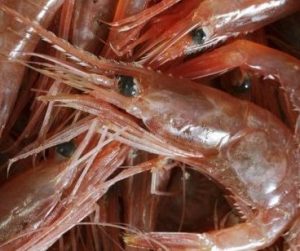
ASMFC block Northern shrimp harvesting for 3 more years
Citing continuing concerns that further fishing could drive the species to extinction, the Atlantic States Marine Fisheries Commission voted Friday to cancel not only the 2019 Maine shrimp season, but the 2020 and 2021 seasons as well. Commissioners from New Hampshire and Massachusetts supported the closure, while Patrick Keliher, commissioner of the Maine Department of Marine Resources, voted no, according to Tina Berger of the commission. DMR spokesman Jeff Nichols said in an email that Keliher would have supported a one-year moratorium. >click to read<17:59

NOAA scientists admit a gaffe on risk to whales of lobster trap lines
Late last month, the NOAA Fisheries Northeast Fisheries Science Center released a “technical memorandum” suggesting that expensive efforts by Maine lobstermen aimed at reducing the risk that endangered North Atlantic right whales and other large whales would become entangled in vertical buoy lines had backfired. According to the memorandum, issued just before a weeklong meeting of NOAA’s Atlantic Large Whale Take Reduction Team in Providence, R.I., to consider possible changes to the Atlantic Large Whale Take Reduction Plan, when the industry increased the number of traps trawled together and marked by a single buoy line, lobstermen began using stronger rope. That worsened the entanglement problem. >click to read <13:01
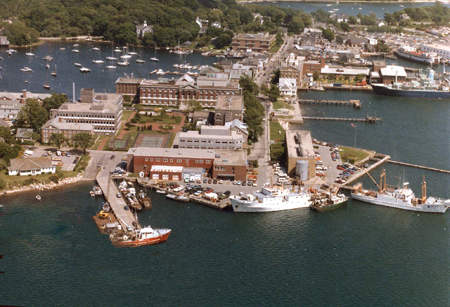
Falmouth and New Bedford Battle Across Buzzards Bay for Northeast Fisheries Science Center
A dispute across Buzzards Bay may break out between Falmouth and the City of New Bedford. The Falmouth Board of Selectmen has been working to keep the National Oceanographic and Atmospheric Administration’s Northeast Fisheries Science Center in Woods Hole. Other elected officials in the area have also been lobbying for NOAA to keep the Northeast Fisheries Science Center in Woods Hole for weeks. >click to read<17:36
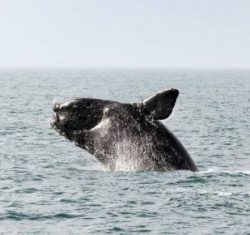
Whale protection, trawl limits entangle Zone C lobstermen
October is a peak month, according to the state Department of Agriculture, Conservation and Forestry, for feistiness in Maine’s population of hornets and wasps. Lobstermen too, judging by last week’s meeting of the Zone C Lobster Management Council at Deer Isle-Stonington High School.,, While the trawl rule was at the forefront of last week’s debate, lurking just below the surface was a technical memorandum issued late last month by the NOAA Fisheries Northeast Fisheries Science Center. >click to read<11:49






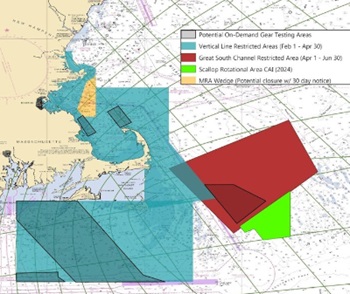




























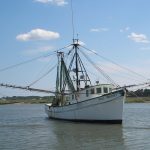
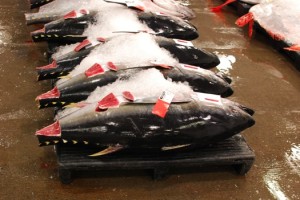
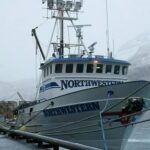
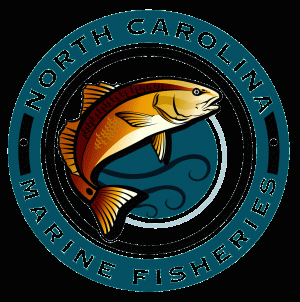
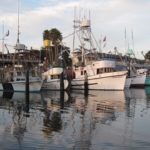

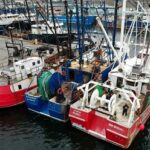
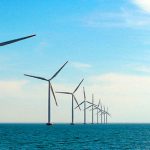
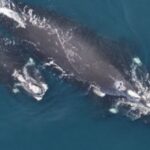
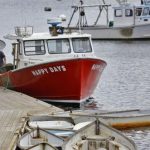

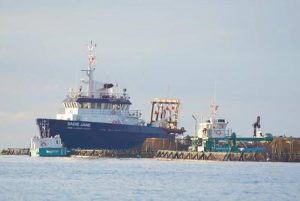
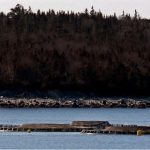



NOAA Seeks Public Comments on Exempted Fishing Permit Application for an On-Demand Trap/Pot/Gillnet Gear Study
Share this post